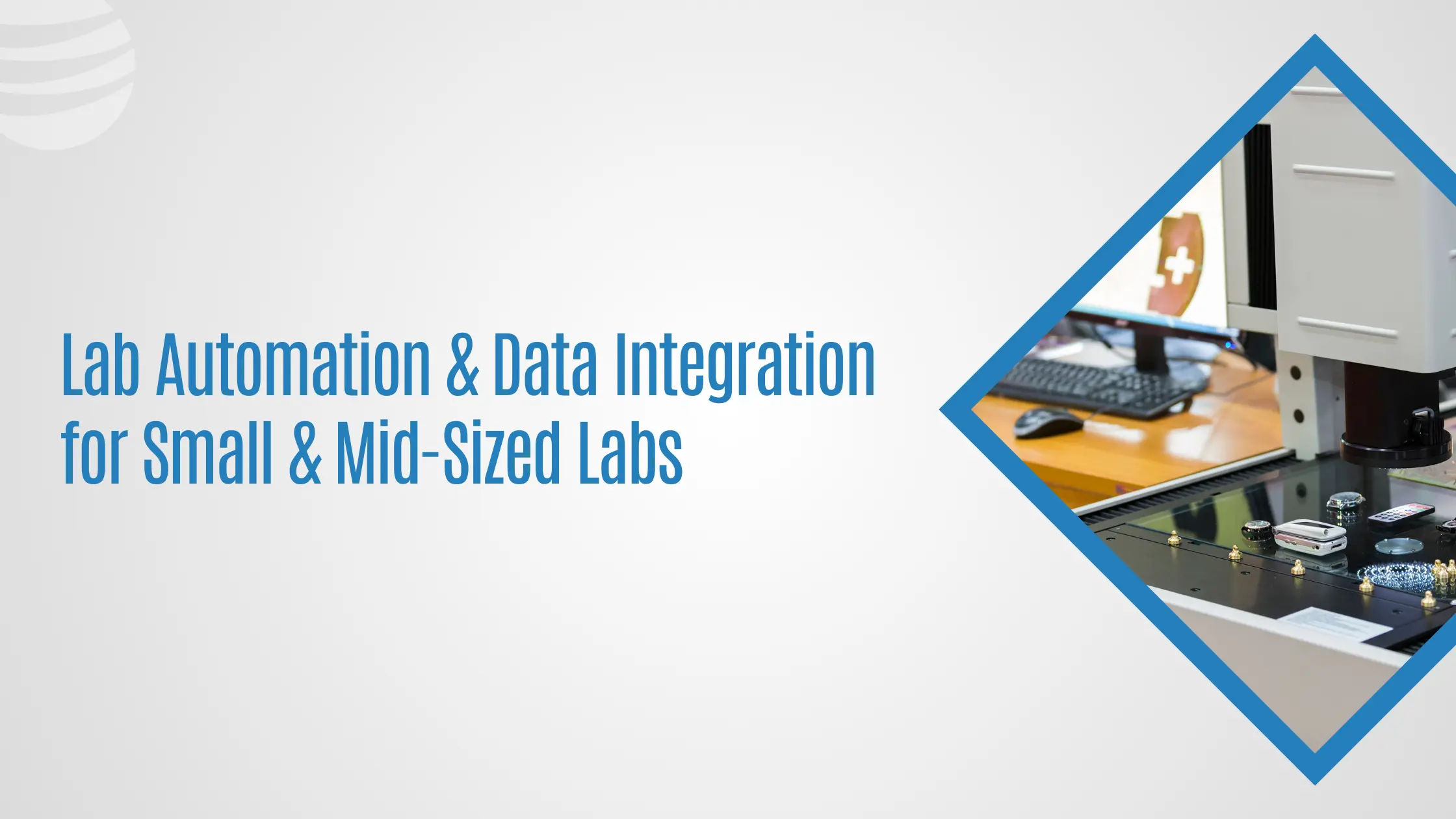

Introduction
A Laboratory Information System (LIS) is essential for modern laboratories, streamlining workflows, managing data, and ensuring compliance with regulatory standards. However, not all laboratories operate the same way. Differences in testing procedures, reporting formats, and integration needs necessitate LIS customization and LIS configuration. These processes help laboratories optimize their LIS to enhance efficiency, accuracy, and scalability.
In this article, we will explore the key aspects of LIS customization and configuration, their benefits, challenges, and best practices.
Understanding LIS Customization and LIS Configuration
What is LIS Customization?
LIS customization involves modifying a Laboratory Information System at the coding level to meet specific laboratory needs. This process may require software development expertise and can include:
- Creating custom modules for unique workflows
- Developing new interfaces for specialized instruments
- Implementing custom reporting formats
- Integrating with external hospital or research databases
Since customization involves altering the core structure of the LIS, it requires rigorous testing and often increases maintenance complexity.
What is LIS Configuration?
In contrast, LIS configuration refers to adjusting system settings without modifying the core code. Configuration involves:
- Setting up user roles and permissions
- Defining test panels and workflows
- Configuring data entry fields and validation rules
- Establishing reporting templates
- Integrating pre-built interfaces with existing systems
Configuration is typically faster and more cost-effective than customization, making it the preferred approach whenever possible.
Key Differences Between LIS Customization and Configuration
| Feature | LIS Customization | LIS Configuration |
|---|---|---|
| Definition | Code-level modifications for unique needs | Adjusting system settings without altering core code |
| Complexity | High | Moderate to Low |
| Time Required | Longer | Shorter |
| Cost | Higher due to development efforts | Lower as it uses built-in features |
| Flexibility | Maximum | Limited to available options |
| Maintenance | Requires ongoing support and updates | Easier to maintain and update |
| Risk | Higher risk of software conflicts | Lower risk as it follows system standards |
Benefits of LIS Customization and Configuration
Advantages of LIS Customization
- Tailored Solutions: Laboratories with unique workflows can implement specialized features.
- Advanced Integration: Custom interfaces allow seamless connectivity with LIMS (Laboratory Information Management System), EHR (Electronic Health Records), and other healthcare systems.
- Enhanced Data Processing: Custom algorithms can improve data analysis and reporting.
Advantages of LIS Configuration
- Faster Implementation: Configuration settings can be adjusted without disrupting operations.
- Cost-Effective: No need for extensive coding or third-party development.
- Regulatory Compliance: Pre-built settings often align with industry standards like CLIA, CAP, and ISO 15189.
- Scalability: Configurable LIS solutions adapt easily to changes in workflow or testing demands.
Challenges of LIS Customization and Configuration
Common Challenges in LIS Customization
- High Development Costs: Custom software modifications require skilled developers.
- Extended Implementation Time: Extensive coding and testing can delay deployment.
- Maintenance Complexity: Future LIS updates may conflict with custom modifications.
- Regulatory Risks: Customizations must comply with HIPAA, GDPR, and FDA regulations, which can be challenging.
Common Challenges in LIS Configuration
- Limited Flexibility: Configuration settings may not fully meet laboratory needs.
- Vendor Restrictions: Some configurations may require vendor support or licensing fees.
- User Training: Staff may need training to adjust to new settings.
Best Practices for LIS Customization and Configuration
Best Practices for LIS Customization
- Assess the Need: Only customize when configuration options are insufficient.
- Plan for Compliance: Ensure modifications align with regulatory requirements.
- Test Extensively: Conduct validation testing to prevent system errors.
- Document Changes: Maintain records of modifications for future reference and audits.
- Engage Skilled Developers: Work with experienced LIS software engineers to minimize risks.
Best Practices for LIS Configuration
- Utilize Built-in Features: Explore all available configuration options before considering customization.
- Ensure User Involvement: Engage laboratory staff in the configuration process.
- Optimize Workflows: Align settings with laboratory processes to maximize efficiency.
- Maintain Security Standards: Configure access controls to protect patient data.
- Regularly Review Settings: Periodically update configurations to adapt to new laboratory requirements.
How to Choose Between LIS Customization and Configuration
When deciding between customization and configuration, consider the following factors:
- Complexity of Requirements: Minor adjustments favor configuration, while unique workflows may require customization.
- Budget Constraints: Configuration is generally more cost-effective.
- Implementation Timeline: Configuration is quicker, while customization can take months.
- Regulatory Compliance: Custom solutions must undergo rigorous validation.
- Scalability Needs: If frequent changes are expected, configuration offers greater flexibility.
A hybrid approach is often the best solution—configuring the LIS for most needs while using customization only when necessary.
Conclusion
Optimizing a Laboratory Information System (LIS) through customization and configuration is crucial for ensuring efficiency, compliance, and adaptability. While customization provides tailored solutions, configuration offers a faster and more cost-effective approach. Laboratories should carefully weigh their needs, budget, and regulatory requirements before deciding on the best approach.
By following best practices and leveraging emerging technologies, laboratories can enhance their LIS capabilities while maintaining compliance and operational efficiency.


